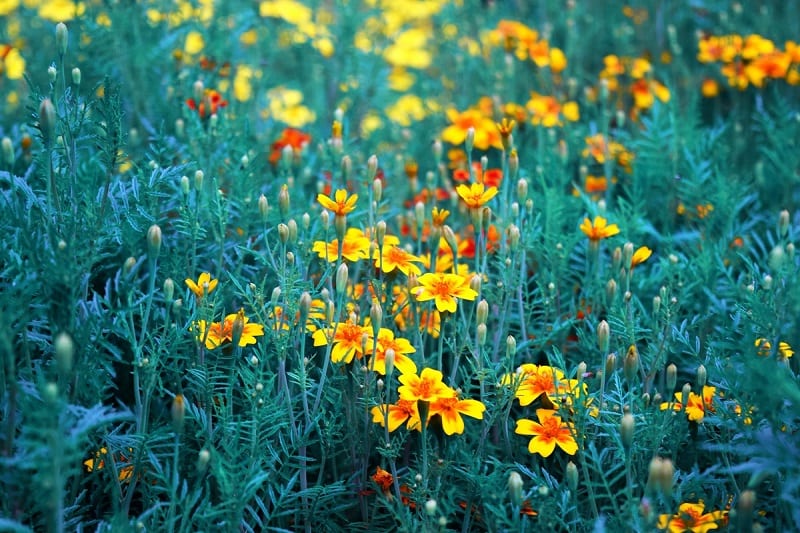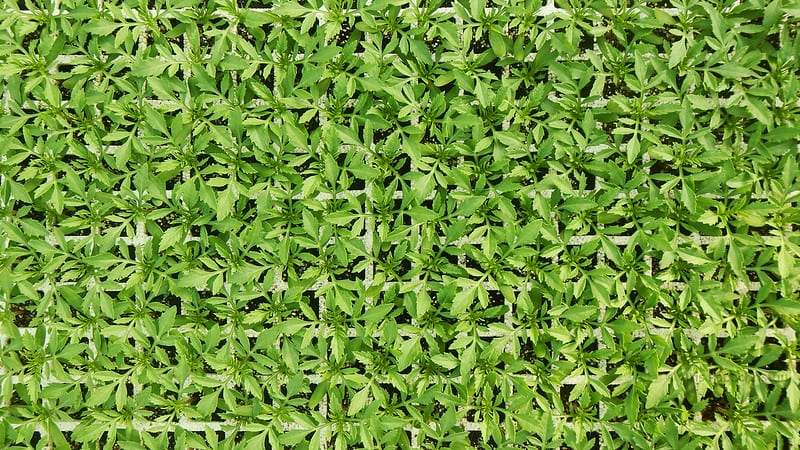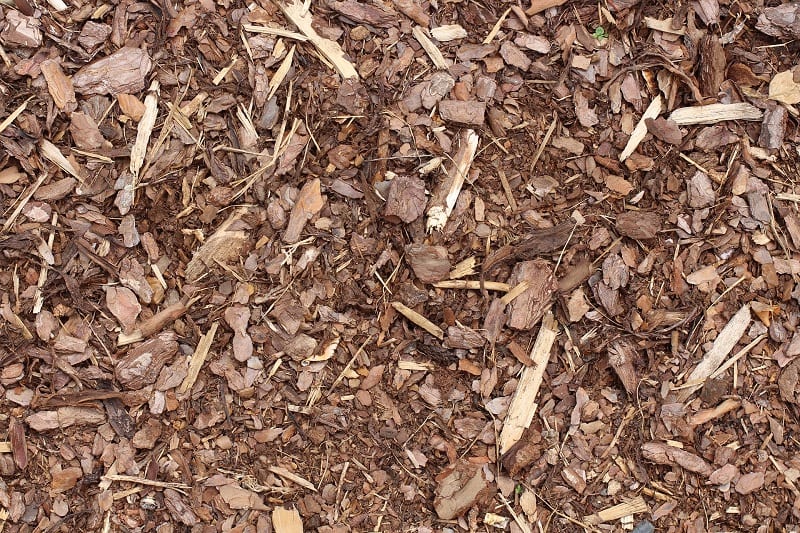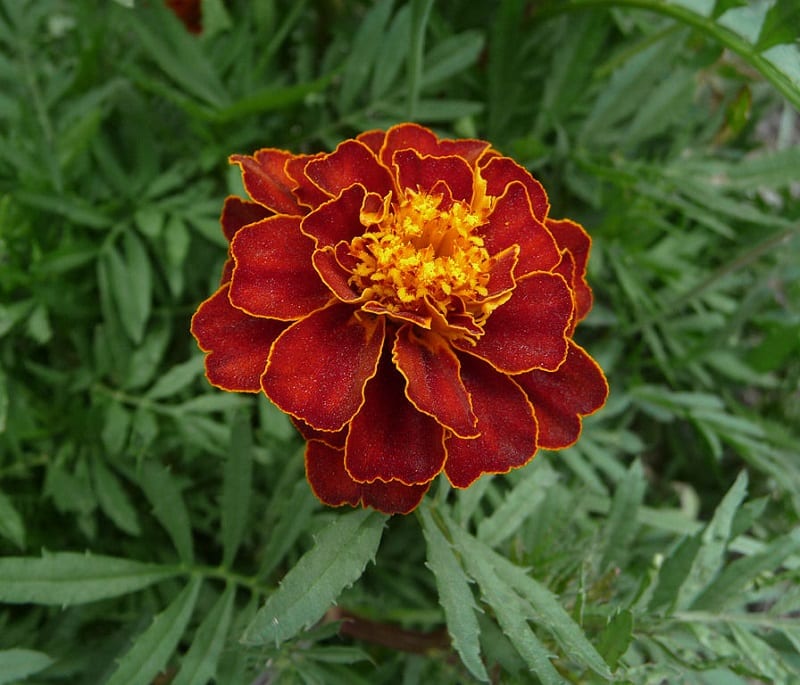
Marigolds are easy to grow and reliable under a wide range of gardening conditions. Once planted, they develop rapidly and flourish with no fuss.
Most marigold varieties thrive in full sun. Some varieties even endure the heat and light reflected off paved surfaces as long as they get regular moisture.
The plants will tolerate up to 20 percent shade. The lovely white ‘Snowdrift’ actually prefers some afternoon shade in places where summers are extremely hot.

Growing Marigolds
True to its reputation as a no-muss, no-fuss plant, marigolds will flourish in less than fertile soil so long as the area is well-draining. In fact, some marigold varieties bloom better in poorer soil. Too rich a diet stimulates lush foliage growth at the expense of flowers.
While it is very easy to start marigolds from seeds indoors, the method offers no real advantage. The plants germinate quickly and without trouble outdoors.
You can sow marigold seeds directly into the garden and expect them to sprout within days in warm weather. The plants usually bloom in about 8 weeks.

How to Plant Marigolds
Plant or transplant young marigold plants outdoors after all danger of frost has passed and the soil has warmed and dried a bit. The French and signet varieties can be planted anytime through midsummer. American marigolds are best planted in the spring because they are slower to mature.
Plant your marigolds on an overcast day to protect the seedlings from the stress of the hot sun while they cope with transplant shock.

For best results, thin or transplant young marigolds while they are still small, spacing French and Signet types 8 to 10 inches apart. Larger American varieties should be at least 10 to 12 inches apart.
Spread a one- or two-inch layer of any organic material over the bare soil between the plants to discourage weeds and help keep the soil moist.
The mulch will help when the plants are young and their foliage is yet to grow and shade the soil. Water marigold plants when they are first planted and during periods of high heat and drought.

Arranging Your Marigolds for Best Appearance
While not necessary, snipping off the dead blossoms of American marigolds improves their appearance and arouses new blooms. American marigolds will sometimes need staking to endure strong winds and heavy rains.
Use inconspicuous, small stakes, and insert them into the soil next to the stem. Loop soft fabric around the stake, then the stem, and tie to the stake.

Marigolds make excellent cut flowers. Simply cut newly opened blooms early in the morning and set the stems in a jar of warm water. You can remove the lower leaves that might foul the water.
Later, you can arrange the flowers in a vase with fresh water. Marigolds will last up to a week- even longer if you add some floral preservative to the vase water.








